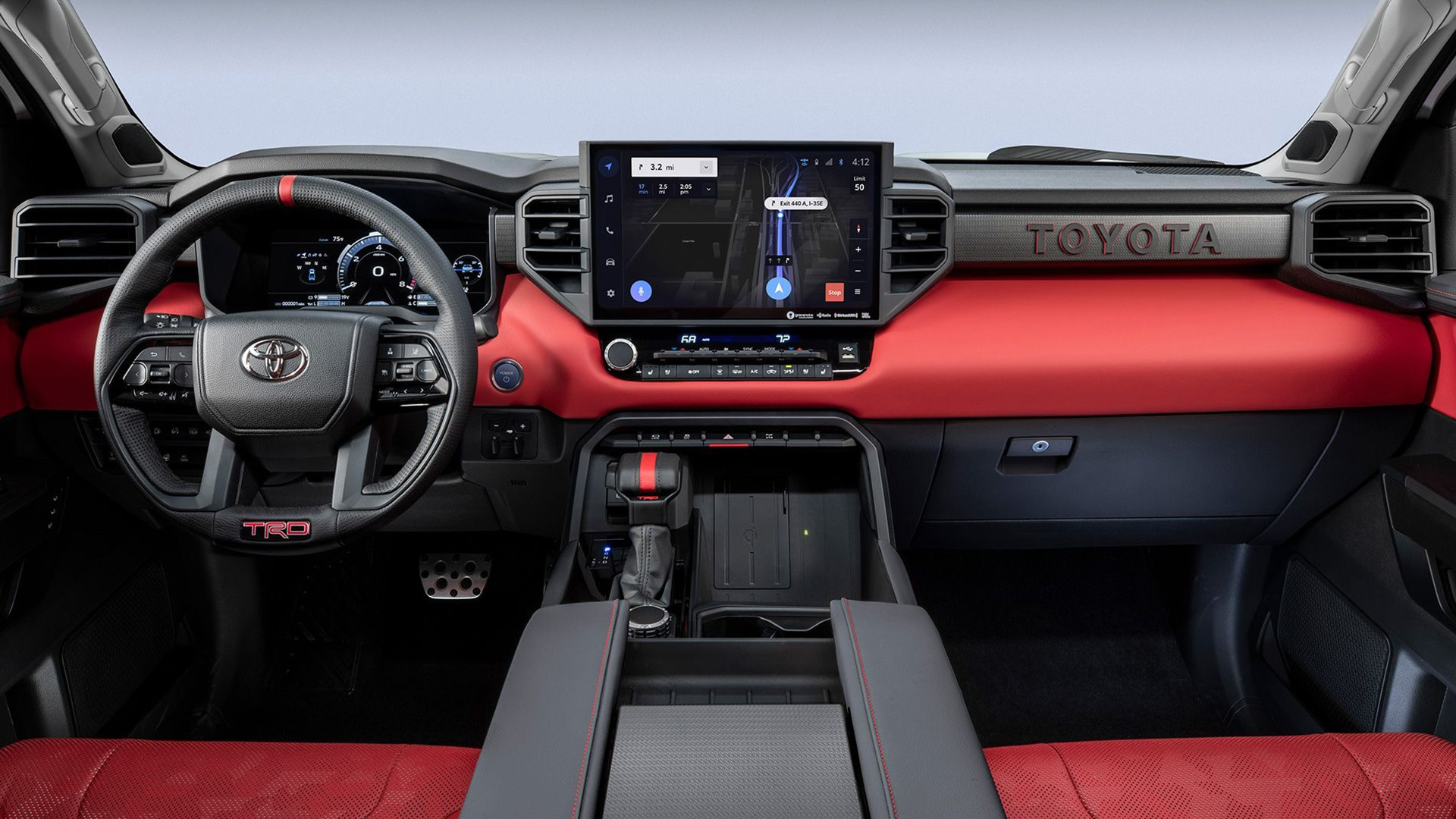

We may earn revenue from the products available on this page and participate in affiliate programs. Learn more ›
There was a time when GPS was cutting-edge tech with limited availability. Nowadays, almost everyone has access to it via their smartphone or connected car. What was once a military-exclusive service now helps drivers find every McDonald’s within 10 miles, which is great, but what if you still don’t know what GPS stands for?
I won’t make you wait any longer: GPS is short for Global Positioning System. That makes sense seeing as you use it to find exactly where you’re at in the world, along with how to get somewhere else. It does this by using satellites to measure distance and location based on your device’s coordinates.

GPS has seriously evolved over time, especially in terms of consumer use. It first launched in 1973 by order of the United States Department of Defense. The DOD instructed the Joint Programs Office, a wing of the U.S. Space and Missle Research Center, to develop a navigation system with pinpoint accuracy for military use. That’s exactly what the office delivered and for years, it was only employed by armed forces personnel.
That changed as the United States government, which still owns GPS, made it available to civilian commercial airlines in 1983 under President Ronald Reagan. Oldsmobile then became the first automaker to offer it in a production car a little more than a decade later in 1995. Early iterations of widely available GPS devices weren’t as accurate as what the military received due to a feature called Selective Availability. This practice was put in place to prevent enemy soldiers from gaining an advantage with GPS while the U.S. government still had access to truly accurate signals. The country quit using that feature in May of 2000 at the instruction of President Bill Clinton, and it has no intent to revisit it again.
In turn, today’s services are spot-on. The gps.gov site says that smartphones are “typically accurate to within a 4.9-meter (16-feet) radius under open sky.” That number broadens when the signal is disrupted by buildings and the like. However, what the U.S. government describes as “high-end users” can improve accuracy drastically—think real-time positioning within a few centimeters—by way of dual-frequency receivers. That’s crazy considering the satellites they use are, y’know, in space.
Modern GPS equipment is capable of lots of tricks that earlier versions couldn’t pull off. For example, it can help you find the shortest route to your destination by distance or time based on speed limits and traffic, as well as compute which one will use less fuel. It also factors in the location of toll roads, EV chargers, and more to help you plan your trip accordingly.

Hopefully, now, you know more about GPS than you expected to when clicking on the link. To answer the original question directly, GPS stands for Global Positioning System, and it’s helped revolutionize both personal and commercial travel in the 21st Century.
